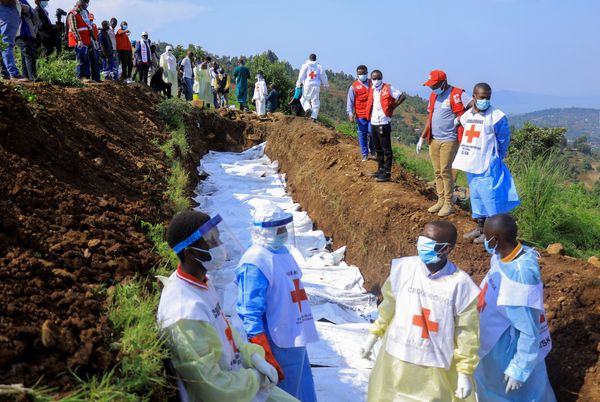
Despite Hawaii’s volcano erupting continuously for a month, Guatemala’s recent volcano eruption was much more deadly, with death tolls reaching 69 and growing. What is it about the two volcanoes that make their eruptions so uniquely different?
You’ve likely seen in the news the rivers and fountains of lava coming out of Kilauea over the past month, slowly overtaking homes, roads, and other structures. Compare this with the explosive style eruption of Guatemala’s Fuego Volcano and you may be wondering why the two erupt so differently and are destructive in their own ways.
The answer lies in the composition of the two volcanos. Hawaii’s Kilauea volcano is a massive shield volcano, as are the rest of the Hawaiian Islands. The big island of Hawaii is the largest mountain on Earth from base to peak, most of it obscured underneath the Pacific Ocean.
These broad, low angle volcanoes erupt mafic lava with low viscosity, this low viscosity is due to a relatively low silicate concentration in the magma. Mafic rocks are rich in iron and magnesium, making the rocks dark in color. The low viscosity of Kilauea’s lava means it readily releases trapped gases within the lava and runs like a river down slopes.

Compare this with Guatemala’s Fuego Volcano, a stratovolcano which erupts a more felsic lava with higher silicate concentrations and much higher viscosity. Felsic lava, with high concentrations of silica and feldspar, are very viscous. This means the lava doesn’t allow the gas bubbles trapped in the lava to escape easily. While within the magma chamber, the gaseous lava builds up pressure until it erupts.
In scenarios like this, as the volcano begins to erupt, it suddenly releases the overlying pressure on the lava, allowing the gas to expand. This reduces the overall density of the lava and causes more gas to expand. The positive feedback scenario leads to an explosive eruption, where gases that were trapped in the high viscosity lava are suddenly released, shooting rocks, ash, and lava high into the air.
Guatemala’s Fuego Volcano (aptly named Fire Volcano) built up enough pressure to suddenly release a lethal combination of loose rock, volcanic ash, lava, boulders, etc. This sudden and explosive eruption didn’t allow Guatemala as much time as Hawaii’s volcano eruption to respond and prepare. Unfortunately, that’s why we often find stratovolcano eruptions to be much deadlier than shield volcano eruptions. Combined with the steep slopes and high rainfall in Guatemala, mud, and rock is easily swept down slopes only to destroy more homes and threaten more lives.

While it may not seem like a blessing that Hawaii’s volcano nearly continuously erupts, the fact that it does prevents a build-up of pressures within the magma chambers and prevents the type of eruption seen in Guatemala. This is another reason monitoring of such volcanoes is vital and for locals and experts to understand the unique differences in the volcanoes they live nearby.







